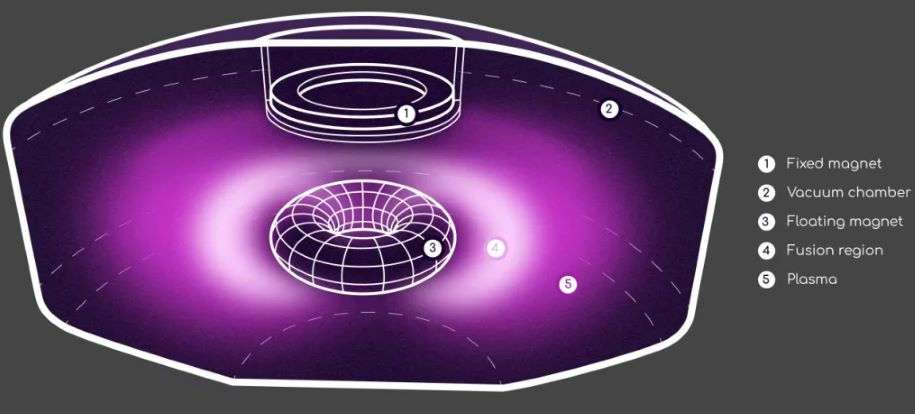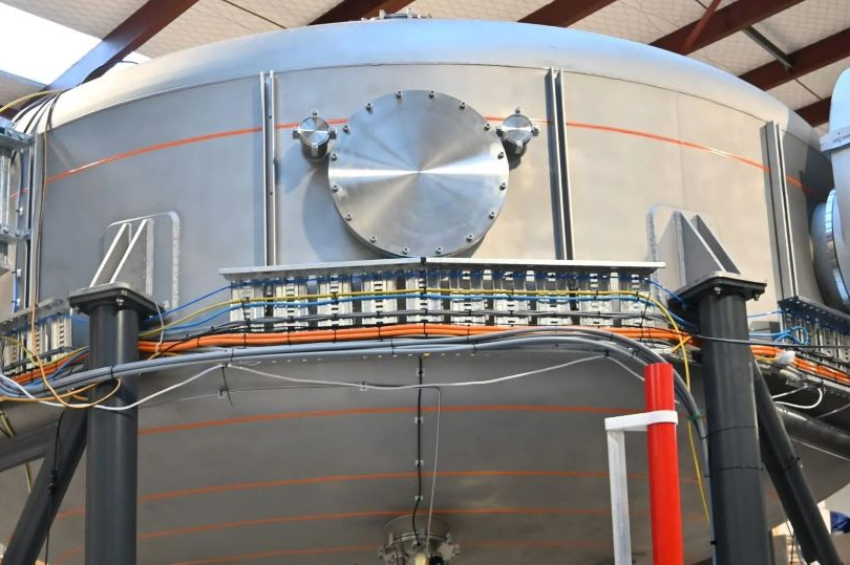New Zealand startup promises nuclear fusion within six years
A startup operating in Wellington, New Zealand, announced last month that it has reached a significant milestone in its pursuit of nuclear fusion, a process occurring within stars, by successfully creating and testing an innovative reactor using a magnet levitating within plasma heated to 300,000 degrees Celsius.
The company’s approach in achieving unlimited clean energy is quite unconventional: instead of splitting, OpenStar Technologies fuses atoms, producing vast amounts of energy using hydrogen, the most abundant element in the universe.
More to read:
A German startup designs first-ever twisty-looking fusion reactor
OpenStar’s breakthrough in obtaining stable plasma is a crucial step toward the long-term goal of producing fusion energy, which is often described as the "holy grail" of clean energy - near-limitless, carbon-free, and free of the long-term radioactive waste associated with traditional nuclear fission.
It took just two years and $10 million to reach this milestone – a relatively quick period and affordable costs compared to government-led fusion projects that have spanned decades.
OpenStar’s reactor design (pictured below) stands apart from the traditional donut-shaped “tokamak” reactors, which confine plasma within strong magnetic fields at temperatures 10 times hotter than the sun’s core. Instead, OpenStar flipped the design, placing a powerful magnet inside the plasma.

The concept, inspired by the study of planetary magnetic fields, was first proposed in the 1980s by physicist Akira Hasegawa and later tested at the Massachusetts Institute of Technology.
It was the first successful experiment of the kind as earlier iterations had failed to scale due to technological limitations. By incorporating advanced magnets and modern engineering, OpenStar believes it has solved the scaling problem.
The OpenStar modular reactor is simpler, cheaper, quicker to repair, and faster to engineer than a tokamak, allowing for faster iteration and performance improvement. It bets to obtain nuclear fusion energy within six years, and then start selling cheap and safe energy to the domestic power grids, businesses and households.
More to read:
Why did Microsoft buy non-existing fusion energy from Helion?
This is a very ambitious goal in the context of numerous efforts = with larger budgets and teams – in the United States, Europe, and China to overcome the scientific and technological hurdles surrounding nuclear fusion projects.
The company, founded in late 2021 by Ratu Mataira, has already raised $12 million and is preparing for a larger funding round to develop two more prototypes over the next two to four years. These will help refine the technology and explore how to scale it for practical use.
***
NewsCafe is an independent outlet that cares about big issues. Our sources of income amount to ads and donations from readers. You can support us via PayPal: office[at]rudeana.com or paypal.me/newscafeeu, or https://buymeacoffee.com/newscafe . Any amount is welcome.







